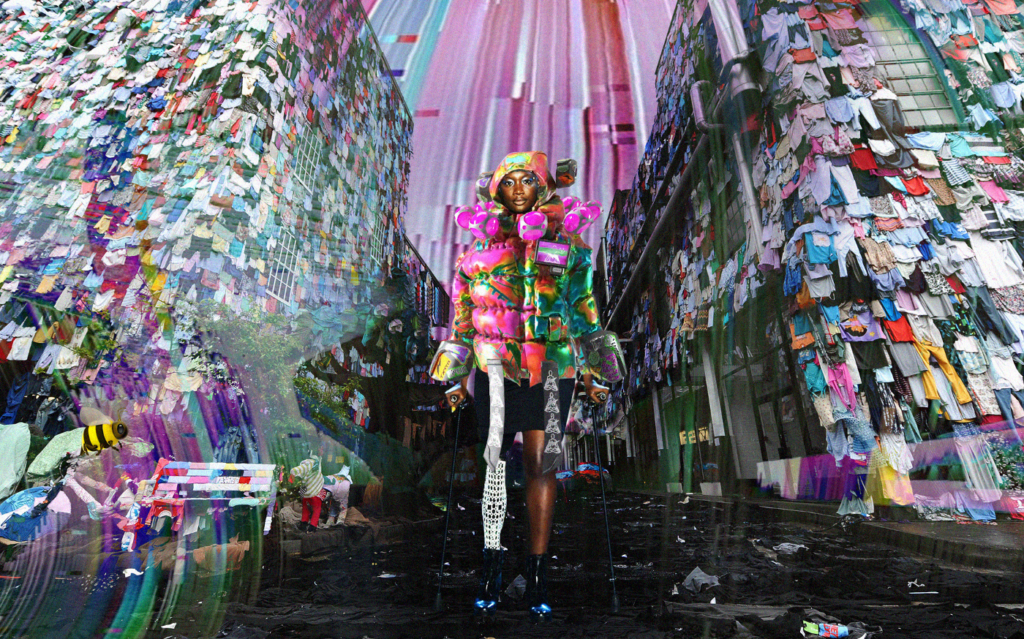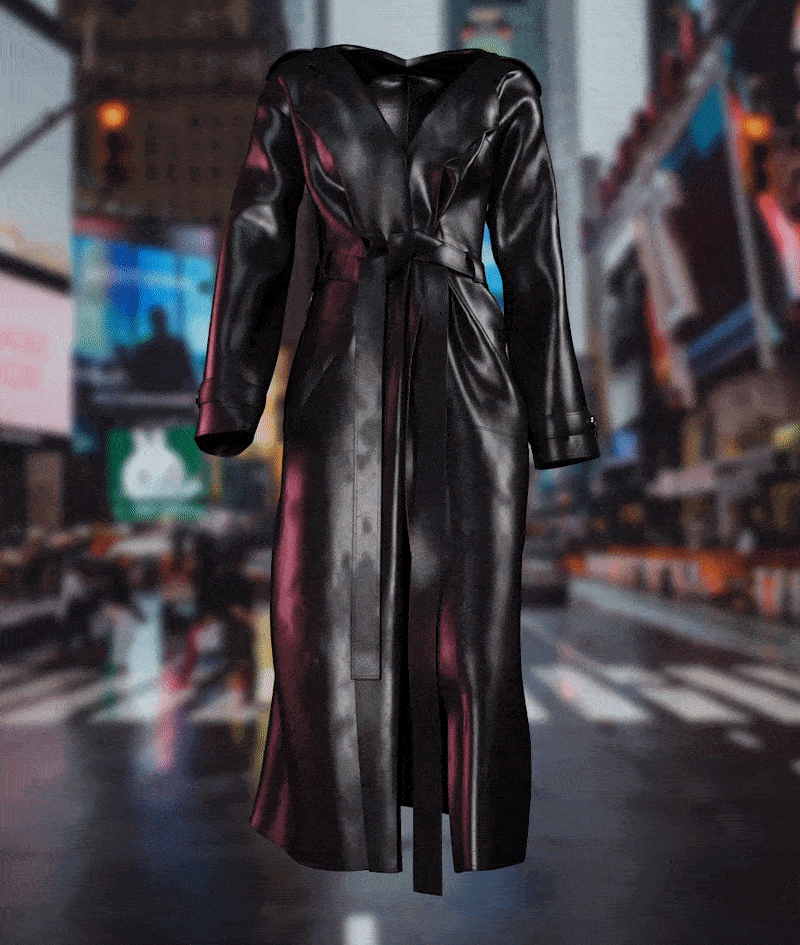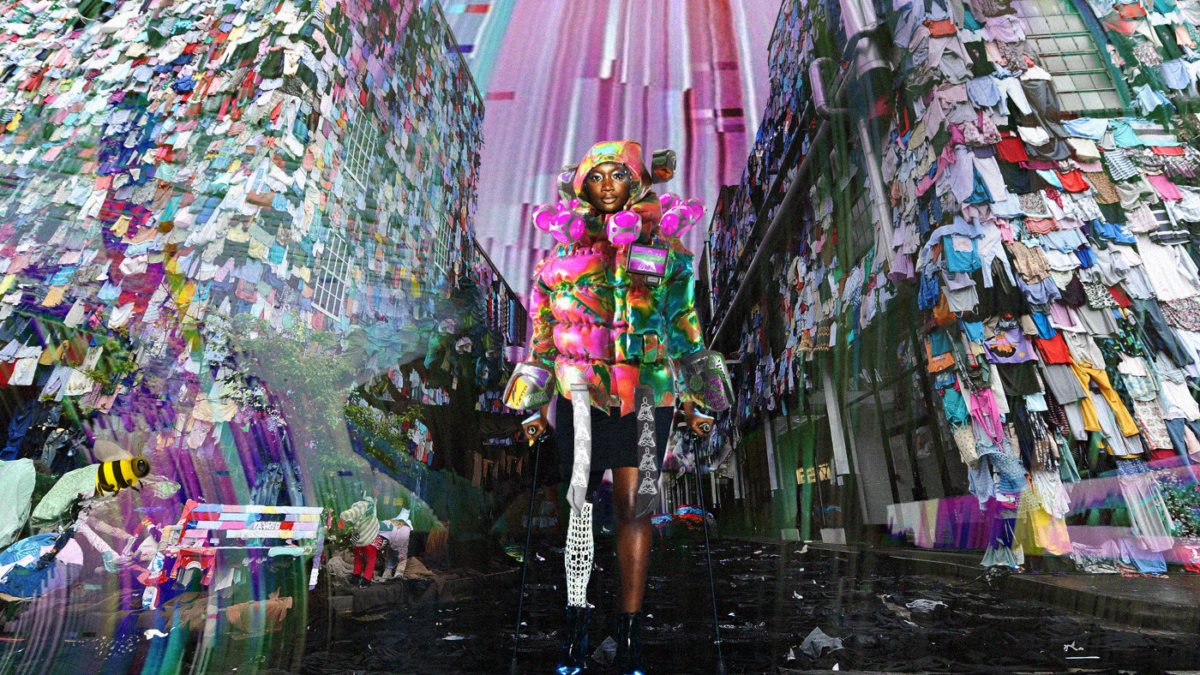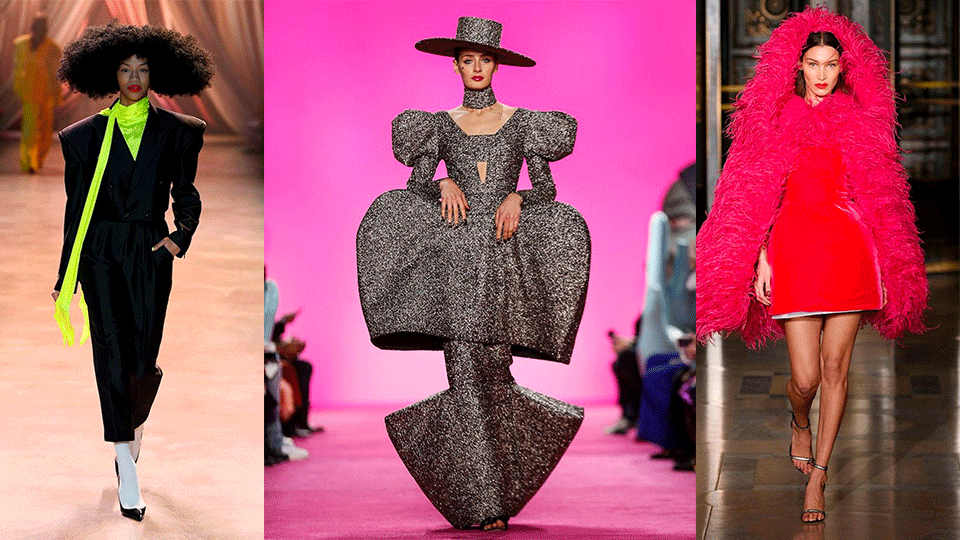- À New Wave to Fashion, À New Way of Living. Download Now on iOS Android Canada SS22
- hello@alahausse.ca
Fashion NFTs: How “The Merge” Will Change Everything

A Star-Studded CFDA Awards
November 23, 2022
Freedom to go Beyond: Burberry X Minecraft’s Metaverse Entry
November 23, 2022
Written by: Nadim Kassymov
Fashion brands, from Dolce & Gabbana to Nike, have embraced NFTs as the digital sphere continues to grow its presence in the industry, but they have been faced with an ethical dilemma on whether this initiative pushes technological innovation while pushing away sustainability efforts. It is undoubtable that NFTs use large amounts of power during its processing that takes real-life tolls on the environment, most notably due to Ethereum blockchains which is the foundation of most fashion NFTs.
However, a recent upcoming change is set to completely transform the energy uses of NFTs to being more green – a change the industry has been waiting for that will bring great benefit to the future of these digital tokens, known as “The Merge”.

NFTs Environmental Impact
The University of Cambridge has noted that it is difficult to pinpoint the exact environmental impacts that are sprouted due to the processing of NFTs, this is because of the technicalities of blockchain that indulge in a complex relationship between transactions and energy used. Unlike physical garments, in which sustainability effects can be measured through its full life cycle, NFTs do not take into consideration external impacts from materials such as water use.
Although it is still inevitable that Ethereum still takes a large amount of energy to process, making some fashion brands such as Gap focus on other, more sustainable blockchains. Gap’s NFT collection was launched earlier this year on a proof-of-stake system from Tezos blockchain – the brand has stated it is more eco-friendly and less emission-focused than its Ethereum counterpart.
The Merge

The merge is set to change the blockchain into being more sustainable and less energy-intensive by adapting a proof-of-stake system. The large position of energy drain in Ethereum comes from the transactions, in which the action creates a race of computers trying to solve difficult equations to validate the process – rewarding the receiver but posing harm to the environment. The merger will change the race into a lottery, in layman’s terms, with investors who stake in the digital currency being drawn into a pool from which one winner will be regarded.
This change is expected to reduce Ethereum’s energy use by over 99 percent, a huge change from the currency using more electricity than the country of Romania back in 2021. This poses a great win for the fashion industry, as brands are continuously developing further NFT initiatives as the world begins to adopt a new digital age. With sustainability and digital technology currently posing at the forefront of the industry, the merger is expected to create leniency between the two subjects.
A Greener Future
Besides the environmental benefit that the merge will bring to blockchain, it is also expected to make Ethereum more efficient in processing times. With this change being discussed far before even the launch of Ethereum, its soon arrival and implementation is expected to shake things up (in a good way) for the crypto market and the fashion industry. Change is good and change is coming.

À New Wave to Fashion. À New Way of Living.
Your First and Last Sustainable AI and Social Powered P2P/B2C Multifunctional Ecosystem (BUY/SELL/RENT/LEND/ SWAP/GIFT), for Me and You.
Apple: https://apple.co/3F8EgcJ
Android: https://bit.ly/3f7jEY3
Via ÀLA.HAUSSE’s Multi-functional and Multi-purposeful Fashion Ecosystem- BUY/SELL/RENT/LEND mobile application, INDIVIDUALS & brands ( BETA) are encouraged to REBUY, RESELL, REUSE and UP-CYCLE their personal “Clossets” aka Clothing Assets. Through this consumerism habit shift we slow down the urgency on fashion carbon footprint, aiding sustainability as a whole.
Launching NOW on iOS Android Canada
Give me a read: shorturl.at/rIMT8
More stories on www.alahausse.ca, Medium & Hackernoon. Follow & Tag @ala.hausse
#ALAHAUSSE #WEARYOURPURPOSE #HAUSSEPEOPLE








